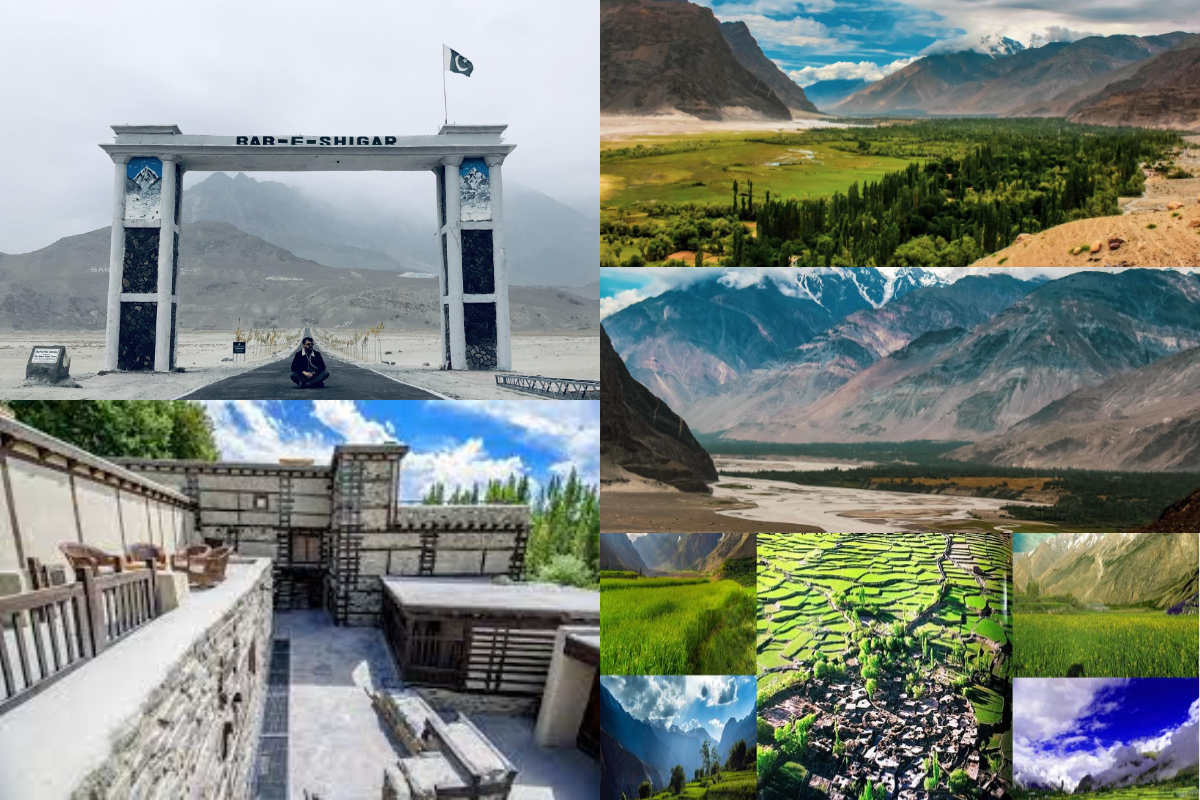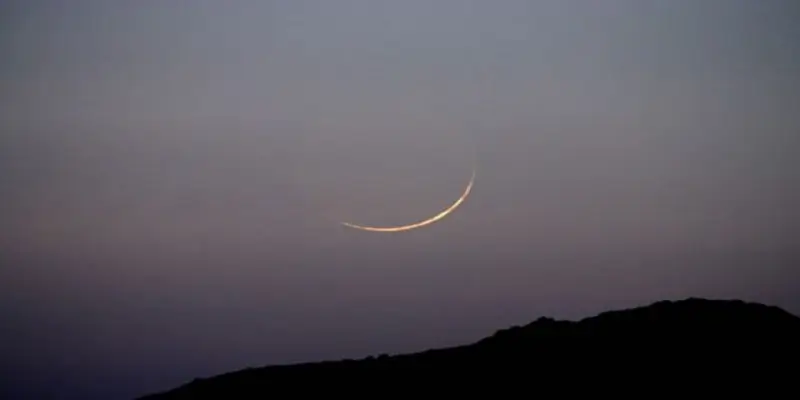Shigar Valley, nestled in the rocky grandeur of the Karakoram Range, reveals itself to be a genuine treasure mine of history, culture, and natural splendor. This scenic valley in northern Pakistan’s Gilgit-Baltistan area invites adventurers and enthusiasts to trek through its ancient beginnings, medieval majesty, and modern attractiveness. Shigar Valley, from the whispers of old trade routes to the echoes of Islamic heritage and the legacy of colonial encounters, exemplifies the ongoing resilience of its people and the ageless attractiveness of its landscapes.
Ancient Origins:
The roots of Shigar Valley’s history delve deep into antiquity, with evidence suggesting human habitation dating back thousands of years. Its strategic location along ancient trade routes made it a crossroads of civilizations, with influences from Central Asia, China, and the Indian subcontinent shaping its cultural landscape. Remnants of Buddhist stupas, monasteries, and rock carvings serve as silent witnesses to the valley’s spiritual past, underscoring its significance as a hub of religious and intellectual exchange during ancient times.
Medieval Majesty:
In the medieval period, Shigar Valley became part of the powerful Baltistan principality, renowned for its strategic importance and vibrant culture. Dynasties such as the Maqpon dynasty left an indelible mark on the valley, constructing forts, palaces, and irrigation systems that still stand today. Fort Khar-i-Dong, a symbol of resilience against harsh elements and political upheavals, bears testament to the valley’s tumultuous history and enduring legacy.
Islamic Influence:
With the advent of Islam, Shigar Valley underwent a cultural and religious transformation. Mosques, madrasas, and other Islamic architectural marvels began to dot the landscape, reflecting the valley’s integration into the broader Islamic civilization. The fusion of indigenous traditions with Islamic influences enriched the cultural tapestry of Shigar Valley, giving rise to a unique blend of customs and beliefs that endure to this day.
Colonial Encounters:
During the colonial era, Shigar Valley fell under the sway of the British Empire, which sought to assert control over the strategic region. British explorers and surveyors ventured into the valley, mapping its terrain and documenting its natural resources. The valley’s breathtaking landscapes and hospitable inhabitants captivated the imaginations of these early travelers, contributing to its reputation as a hidden gem of the Himalayas.
Modern Marvels:
In the present day, Shigar Valley continues to enchant visitors with its stunning scenery, rich cultural heritage, and warm hospitality. Tourism has emerged as a vital economic activity, providing opportunities for local communities to showcase their traditions and craftsmanship. The valley’s traditional wooden architecture, lush orchards, and meandering rivers attract adventurers, nature lovers, and cultural enthusiasts from around the world, eager to immerse themselves in the timeless beauty of this enchanting landscape.
Preservation Efforts:
Efforts are underway to preserve and protect the cultural and natural heritage of Shigar Valley for future generations. Initiatives focused on sustainable tourism, heritage conservation, and community development aim to balance the needs of the local population with the pressures of modernization. By fostering a sense of pride in their cultural identity and natural surroundings, residents of Shigar Valley are working tirelessly to ensure that their ancestral home remains a beacon of beauty and tradition in the heart of the Karakoram.
The Hidden Lake and Culinary Delights:
Amidst the valley’s enchanting landscapes, the Hidden Lake stands as a testament to nature’s splendor. With a live trout farm at its center, visitors can savor the freshest trout cooked in nearby small restaurants, adding a gastronomic delight to their exploration of Shigar Valley. Additionally, the valley’s cuisine offers a tantalizing array of regional delicacies, including the mouth-watering “Bhaly” and “plapu,” further enhancing the visitor experience.
Geological Marvels and Hospitality:
Beyond its cultural and culinary offerings, Shigar Valley boasts a wealth of geological marvels, with gemstones like beryl, tourmaline, garnet, and topaz being mined in the region. For travelers seeking accommodation, Serena hotels at Shigar Fort, River View hotel, Space hotel, and government-run guest houses provide comfortable lodging options with top-notch amenities, ensuring a memorable stay amidst the valley’s breathtaking vistas.
Shigar Valley stands as a beacon of beauty and tradition, weaving together the threads of history, culture, and natural wonder into a tapestry of unparalleled splendor. As visitors embark on a journey through its ancient origins, medieval majesty, and modern marvels, they are invited to unravel the mysteries of this enchanting valley and forge lasting memories amidst its timeless landscapes.



















